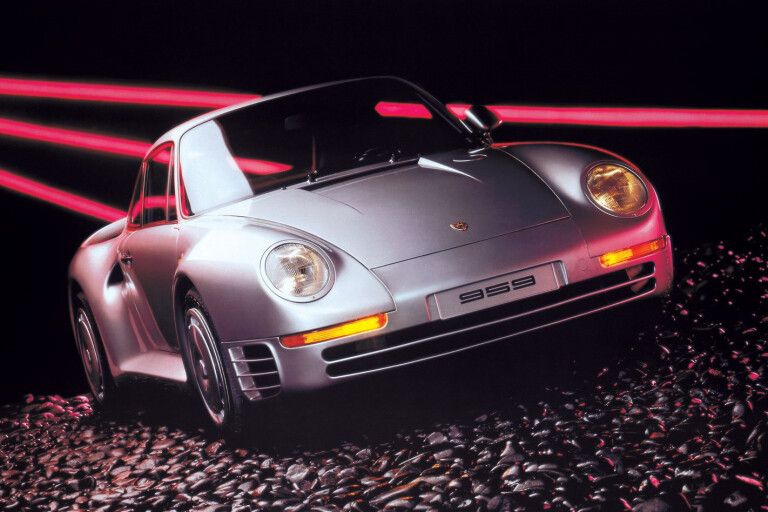
These are the cars that, under neon lights and to the sound of synth, changed the world forever.
HSV Group A Walkinshaw
- Produced: 1988-’89
- Engine: 4987cc V8, N/A
- Output: 180kW/380Nm

While the VL Turbo was arguably more important to the masses, Holden never took up the idea of a turbocharged Commodore for the future.
But the VL ‘Walky’ is the car that launched HSV and helped create a company that it set to outlive the brand it ‘piggybacked’ on.
Sure, the Calais-based SV88 came first, but the Walkinshaw remains one of HSV’s biggest departures from the car on which it’s based. Call it a plastic pig if you like, but we dare you to find one for cheap these days.
Porsche 959
- Produced: 1986-’93
- Engine: 2849cc, F6, turbo
- Output: 331kW/500Nm
- Number built: 337
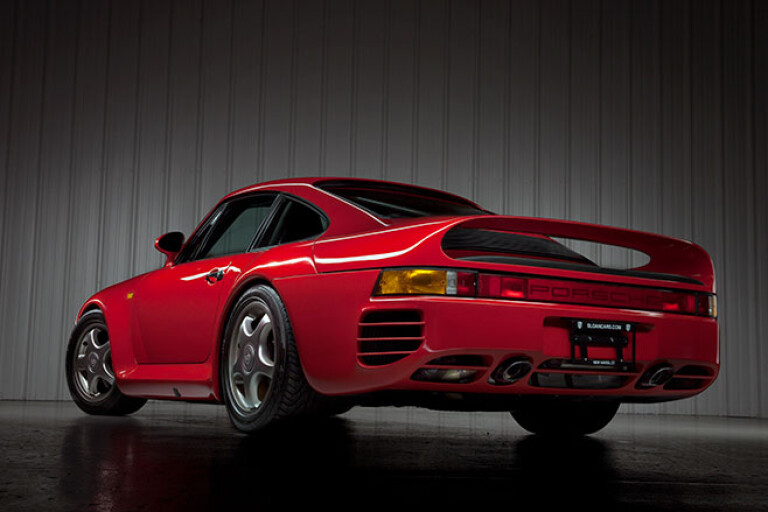
Not only was the 959 a dramatic departure from tradition for Porsche, it was also an incidental prediction of the future of supercars.
Though it was developed for rallying, the road version was wildly expensive at the time its German price being an estimated A$650,000 in today’s money.
The 959 had no problem selling due to its status as the fastest production road car in the world. It was able to top 338km/h. Of course, its all-wheel drive paved the way for supercars of the next three decades.
Nissan R32 Skyline GT-R
- Produced: 1989-’94
- Engine: 2568cc I6, turbo
- Output: 206kW/355Nm

Just sneaking into the 1980s is a car that Nissan hoped would launch it to the top of Japan’s automotive manufacturing industry.
Alongside Zed cars and Silvias, the return of the hallowed GT-R badge on the latest version of the Nissan Skyline, the BNR32, marked what might still be Nissan’s high point to many.
With the malleable RB26DETT under the bonnet putting power to four wheels via Nissan’s ATTESA AWD system, the GT-R was a properly high-tech and brutally capable car, both on the road and on the circuit (in Oz as a Group A racer... Godzilla), while its ride and handling are still impressive today. Its “206kW” were only claimed as such to keep official outputs within the agreed restrictions at the time.
Audi UR quattro
- Produced: 1980-’91
- Engine: 2226cc I5, turbo
- Output: 164kW/309Nm
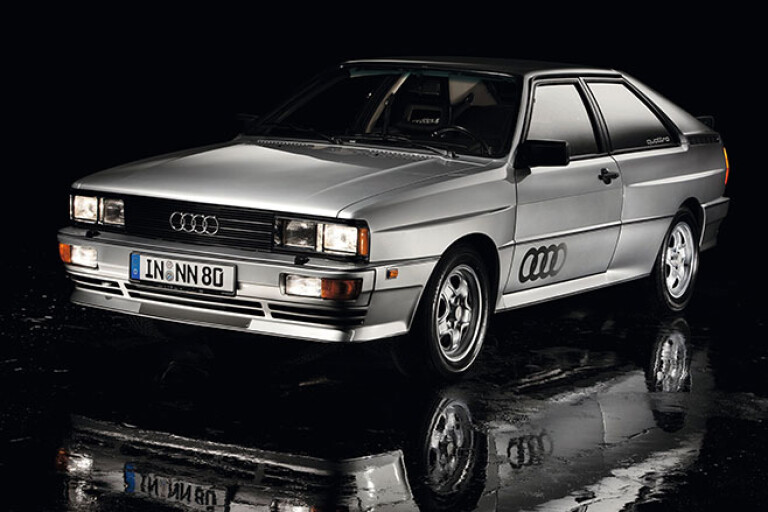
This is arguably the car to which Audi (and perhaps VW as its parent company) owes its modern success both as a brand and as a maker of capable sports cars.
In 1980, at the Geneva Motor Show, Audi revealed its five-pot Quattro, now referred to as the ‘Ur Quattro’ (ur meaning original in German).
The idea of an AWD sports car wasn’t new, Jensen’s FF was a less successful example of one, but the Quattro AWD systems have over the years become the primary point of difference for Audi’s range, while other brands have gone on to adopt the use of AWD. The Quattro itself was also one of the first cars to use a dual-clutch gearbox in motorsport, in wicked S1 Group B guise.
Peugeot 205 GTi
- Produced: 1984-’93
- Engine: 1905cc I4, n/a
- Output: 89kW/150Nm
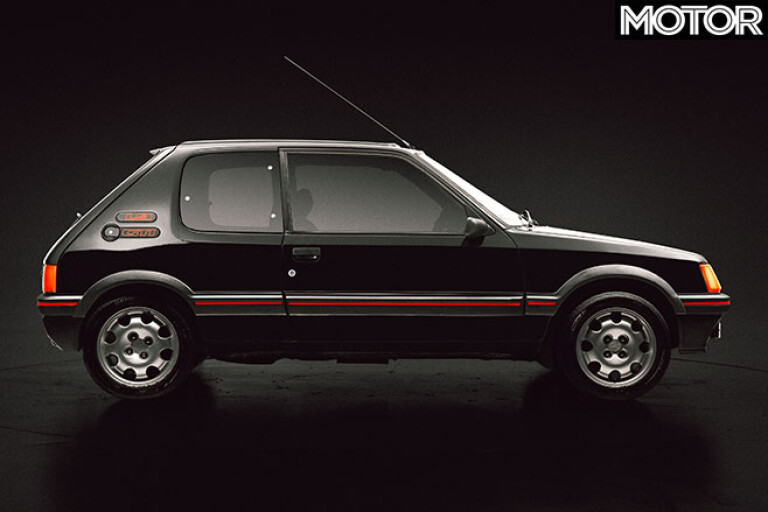
Okay, the Golf GTI was the first truly popular hot hatch. This we know, but one successful hot hatch a war does not make. With France’s return fire, a hot hatch feud began and it continues today.
At the time, the 205 was considered more lively than its German rival, a trait that the 208 GTi still carries.
The 205 began life as a 1.6-litre four, fondly remembered for being rather peppy, though the 1.9-litre version built from 1986 has become the more highly regarded version of the GTi. After the 205, Peugeot continued to create lively hot hatches, though most are seen in the 205’s shadow. The legacy of the 205 GTi is so strong that well-maintained models have sold for many times their original prices.
Ferrari 288 GTO
- Produced: 1984-’87
- Engine: 2855cc V8, turbo
- Output: 294kW/496Nm
- Number built: 272
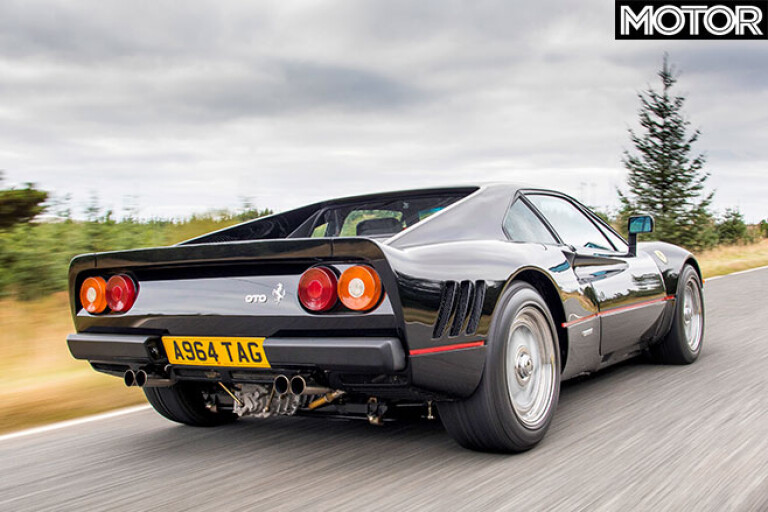
A list of 1980s sports cars that doesn’t include the Ferrari F40? How can this be? Well, no 288 GTO, no F40. Without the groundwork laid out within the GTO, cars like the F40, Enzo, and even LaFerrari probably wouldn’t exist.
Its badge pointing to the fact it’s a spiritual successor to the legendary 250 GTO, the 288 GTO is considered by many to be Ferrari’s first proper supercar. Its twin-turbo V8 was good for 294kW and 496Nm, and its 1160kg dry weight is well below that of the average car built in the 21st century.
Just 271 288 GTOs were built, 71 more than homologation required, but not as many as the F40. While the F40 might be the more iconic car to many, it can’t compete with the car that helped create it.
BMW E28 M5
- Produced: 1985-’87
- Engine: 3453cc I6, n/a
- Output: 210kW/340Nm
- Number built: 2000 (approx)
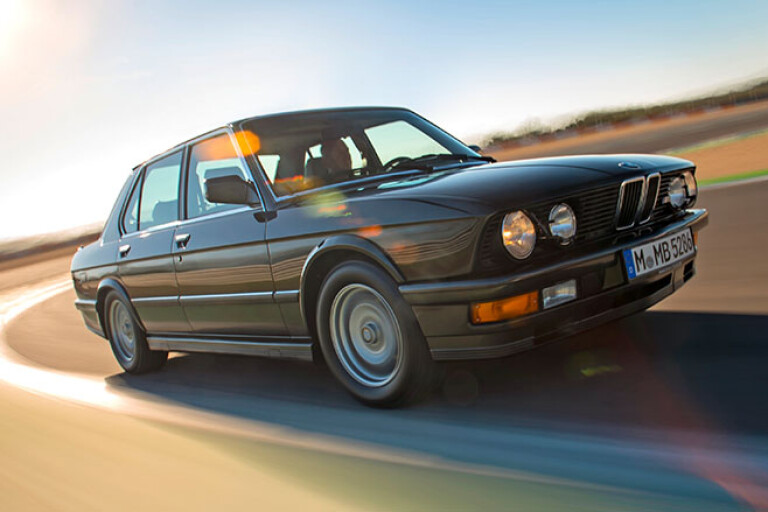
Had there been a couple more places on this list, the E30 M3 might’ve made it. But the M3 was an improved version of an existing formula; the M5 created a whole new one.
Big, fast sedans weren’t really sports cars until the M5 arrived, with an inline six engine borrowed from the BMW M1 and a title as the fastest sedan in the world.
Its 210kW was plenty at the time, the M5 able to top 250km/h, hitting 100 in 6.1sec along the way. Now fast executive sedans are plentiful, with Mercedes, Audi, Jaguar and even HSV having thrown their hats in the ring, though the M5 has held its place at the top, or at least near it. The current M5, for example, hits 100km/h in a claimed 3.3sec, or 0.5 off a GT2 RS, but with five seats.
Mazda NA MX-5
- Produced: 1989-’97
- Engine: 1598cc I4, n/a
- Output: 85kw/135Nm

The secret to creating a simple, convenient, and affordable sports car had eluded British carmakers for decades but Mazda managed to do it in 1989.
The idea for a Brit-style roadster with Japanese reliability was exactly what buyers wanted. Less than 1000kg, a twin-cam 1.6-litre four, natural aspiration, and a manual gearbox... and pop-up headlights.
Its tech wasn’t ground-breaking, but its simplicity made it affordable, easy to maintain, and not intimidating to drive. This didn’t stop it from being a very well-regarded handler, the NA still a benchmark today. The MX-5 has been on sale for more than 30 years and is one of the world’s most popular sports cars. In 2016, the millionth MX-5 was built, a red ND.
Lancia Delta HF Integrale
- Produced: 1986-’93
- Engine: 1995cc I4, turbo
- Output: 158kW/314Nm

Turbocharged all-wheel drive hot hatches are plentiful these days, some even out-gunning high-end sports cars in terms of outright speed, but it had to start somewhere, and the Integrale HF was there for the beginning.
Based on the Delta of 1979, the HF Integrale appeared in 1986 as the road car sibling to the Group B rally car which used a different engine and layout.
The HF would itself go on to be a wildly successful rally car, winning the World Rally Championship’s Group A six years in a row. The HF Integrale lasted until the 1990s, at which point its ultimate form, the Evo II, was putting out more than 155kW from its 2.0-litre turbo four, able to hit 100km/h in less than six seconds – quicker than the car on the opposite page. Not bad for a hatchback.
Mercedes 300CE 6.0 AMG – 'The Hammer'
- Produced: 1986-’92
- Engine: 5953cc V8, n/a
- Output: 283kW/566Nm
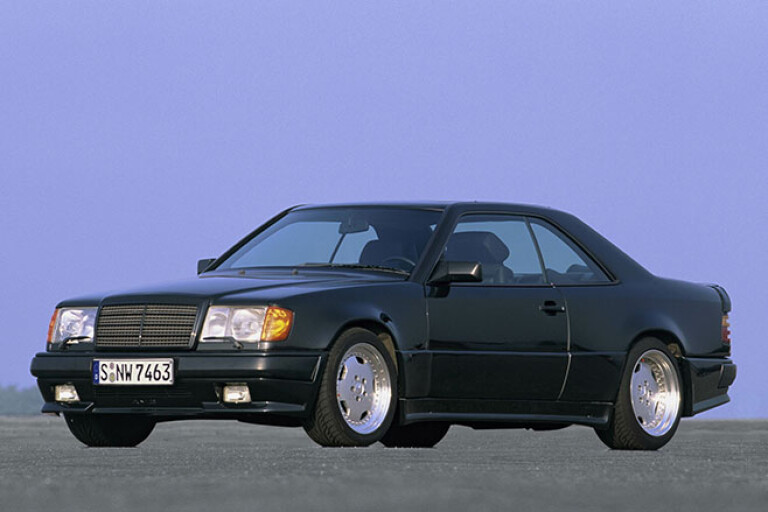
Before AMG was officially part of Mercedes, it was... well it was still making Benzes faster. But this one was the pinnacle. It’s called ‘The Hammer’ for a reason.
A top speed of more than 300km/h and a grunty V8, 6.0 litres as the name suggests, making 283kW/566Nm and allowing 100km/h to be reached in five seconds flat.
Only twelve are believed to have been built in peak ‘Hammer’ widebody coupe spec, with those who’ve had the pleasure of driving one calling it an actual pleasure. The Hammer is reportedly somewhat refined, which is perhaps why Mercedes-Benz eventually decided to extend an offer to AMG in 1990 to cooperate before eventually making AMG part of Merc in 1999.
Wheels thanks Chris Thompson for the original version of this story.

COMMENTS